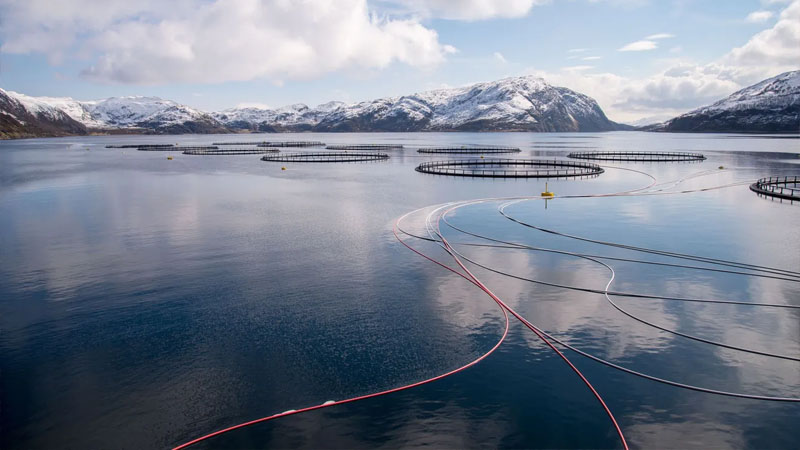Exclusive content

IMARC Group’s recent report, titled “Norway Aquaculture Market: Industry Trends, Share, Size, Growth, Opportunity, and Forecast 2023-2028,” sheds light on the growth and sustainability initiatives within the Norwegian aquaculture sector. In 2022, the market achieved a size of 1.8 million tons, with a promising projection to reach 2.5 million tons by 2028, reflecting a Compound Annual Growth Rate (CAGR) of 5.7% during the period from 2023 to 2028.
Sustainability is at the forefront of driving the Norway aquaculture market, with the industry embracing responsible practices to minimize its environmental impact. Noteworthy efforts include the reduction of antibiotic usage, responsible feed management, and stringent regulations on waste disposal. These measures collectively contribute to a more ecologically conscious approach to aquaculture, aligning with global sustainability goals.
Moreover, certifications such as the Aquaculture Stewardship Council (ASC) and the Marine Stewardship Council (MSC) play a crucial role in ensuring that Norwegian aquaculture products adhere to international sustainability standards. This commitment enhances consumer trust and fosters a growing demand for seafood originating from Norway.
Technological advancements have played a pivotal role in propelling the Norway aquaculture market to new heights. The integration of automation in fish farming processes, the implementation of data analytics for monitoring fish health, and the use of advanced digital tools have brought about a revolution in the industry. These innovations not only increase production yields but also enhance fish welfare while simultaneously reducing operational costs.